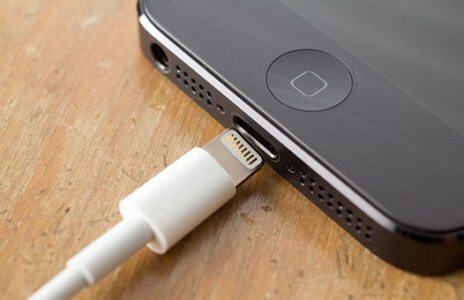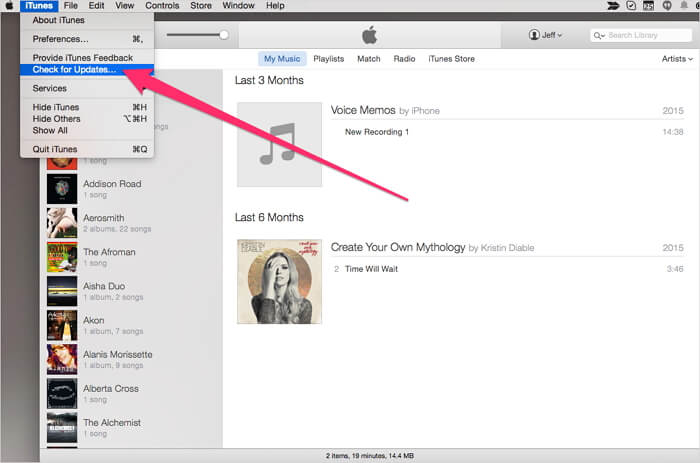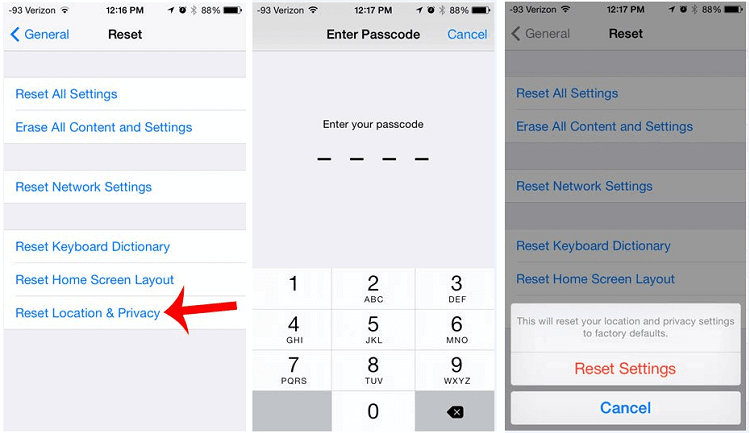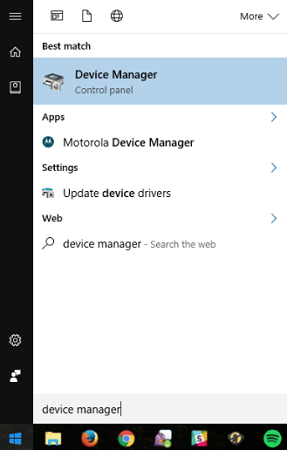How to Fix iPhone Not Showing Up in iTunes (2019 Updated)
1. Check USB Cable

There are many reasons why your iPhone not showing up in iTunes. One of these reasons could be because of bad connectivity. You can test if your USB cable is defective by using another cable to see if your iPhone will get detected by your PC. You can also check to see if the USB port of your iPhone is damaged or has any dirt; Lastly, you can try connecting your iPhone to another computer to see if the computer USB port is working properly.You may also like:Gihosoft Mobile Transfer: 1 Click Data Transfer from Phone to Phone

2. Check iTunes Version
If you have recently bought an iPhone and connected to the old version of iTunes on our PC or Mac, your iPhone not showing in iTunes may be a problem you may experience. Every new iPhone will be having the old version of iTunes and will need to be upgraded to the new version of iTunes so that your iPhone can show up on iTunes.

3. Reset Location and Privacy Settings
Some of the buttons you press without knowing what they do on your iPhone could be the reason your iTunes not recognizing iPhone. Like if you accidentally pressed the Don't trust button on your iPhone. You can easily fix this problem.
You may also like:Gihosoft iPhone Data Recovery
Must Read:Gihosoft Free Android Data Recovery
Must Read:Jihosoft iTunes Backup Unlocker
Jihosoft iTunes Backup Extractor free is a powerful tool to recover and extract important data from iPhone, iPad & iPod touch backup on Windows or Mac.
You may also like:
Gihosoft Total Video Converter is a professional all-in-one video tool that enables you to convert videos and audios into various different formats.You may also like:online youtube downloader
Step 1: Go to your iPhone Settings.
Step 2: Then click on the General tab.
Step 3: Lastly click on Reset location & privacy tab.

When you connect your iPhone again the Trust this computer will appear. Please note that this may also delete some of the iOS apps setting that are allowed to use your location.
4. Uninstall Security Software on Mac
If you install security software made by other companies to your iPhone other than Apple, iTunes not connecting to Apple servers or your iPhone may be a problem. You may even get a numeric error message when you try to sync, restore of backup your iPhone. To fix this problem:
Step 1: Hold down the Option key, click on the Apple menu then click on System information or System report.
Step 2: A list will be displayed on the left. Select USB.
Step 3: Under the USB device tree check to see if you can see your iPhone, iPad or iPod then uninstall the third party security software.
5. Update Driver Software
Sometimes iTunes not recognizing iPhone may be caused by driver software meaning that your device's drivers need an update.
Step 1: On your computer right click My computer, tap on Properties and click on Device manager.
Step 2: Right click on Apple mobile device USB driver.
Step 3: Then click on Update driver software.
Step 4: Restart your PC, connect your iPhone to your computer then open iTunes to see if your iPhone is recognized.

6. Reinstall Apple's Windows Drivers
At times your Apple drivers will not work properly making your Windows PC not to recognize your iOS device even if you click Trust this computer many times. The drivers on your device could be causing iPhone not showing up in iTunes and need to be reinstalled. You can do this by:
Step 1: Close iTunes then using a USB cable connect your iOS device to your PC. Click on the Start menu then tap on Device manager. Click on the Device manager option that appears.
Step 2: Under Portable devices, search for your iPhone or iPad in the device manager. Once you have found your device right click on it and choose Update driver software.
Step 3: A Window will pop up then select Browse my computer for driver software.
Step 4: Then select Let me pick from a list of device drivers from my computer.
Step 5: On the next screen click on Have disk button.
Step 6: On the Install from disk window, click the Browse button then navigate to c:\program files\common file\apple\mobile device support\drivers\usbaapl64.inf. Double-click the usbaapl64.inf file to select it then click Ok in the Install from disk window. If you are using the older 32-bite computer, the driver may be in c:\program files (x86)\common files\apple\mobile device support\drivers instead.
Step 7: Your computer will then install the drivers and upon completion, close the device manager then restart iTunes. Your device should be recognized without any problem.


No comments:
Post a Comment